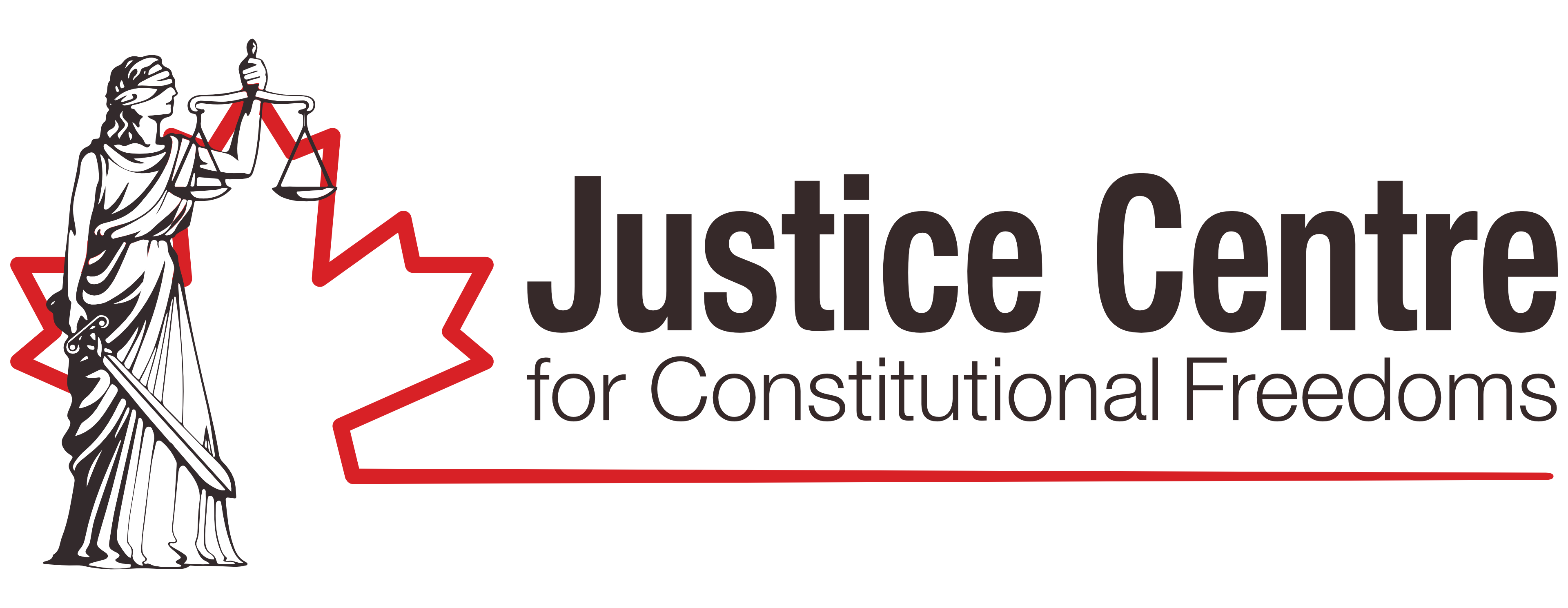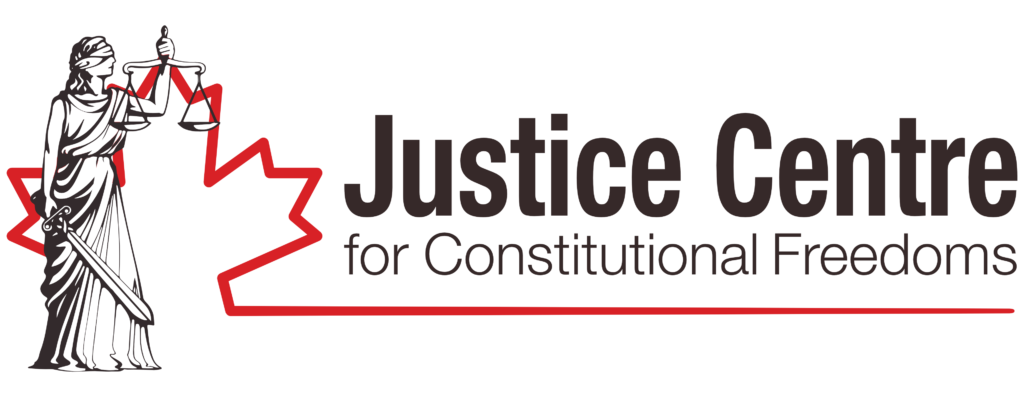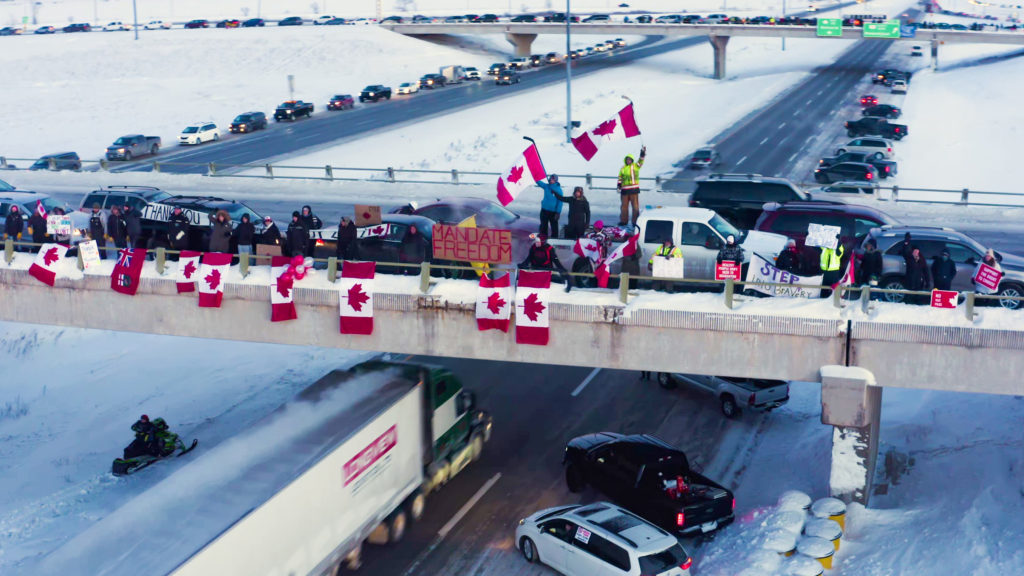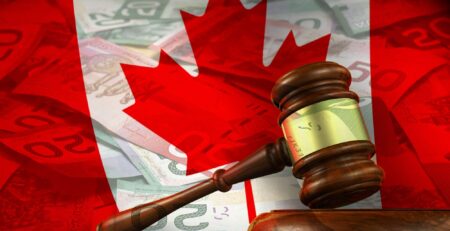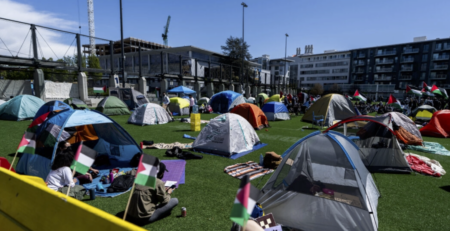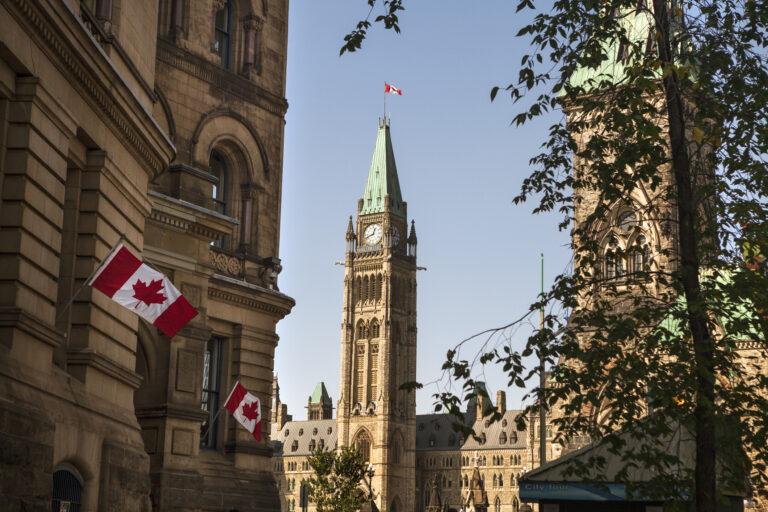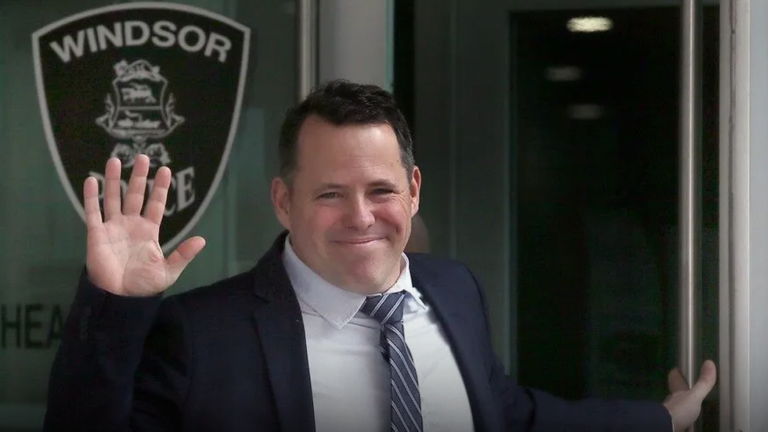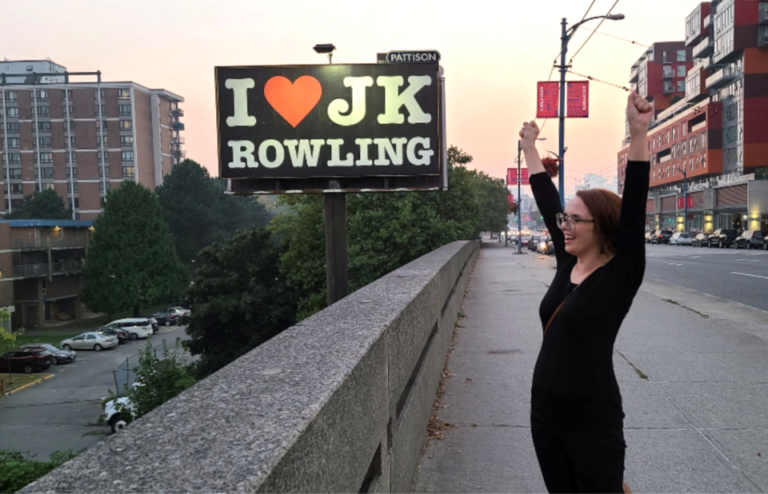John Carpay – Western Standard
After six weeks of witnesses testifying under oath in October and November, the Public Order Emergency Commission process has provided Canadians with important evidence. Here are seven important takeaways.
The first and most glaring revelation was the absence of violence in Ottawa during the three weeks in January and February of 2022, when thousands of Canadian citizens gathered to express their opposition to mandatory vaccination policies.
As Ontario Provincial Police Intelligence Officer Pat Morris put it: “… the lack of violent crime was shocking, the lack–I mean even in the arrests and charges considering the whole thing in totality, I think there were ten charges for violent crimes, six of which were against police officers.” In light of the fact that thousands of people with very strong opinions gathered for several weeks, the protests themselves were remarkably peaceful. No evidence of any real violence, or even threats of violence, emerged during the public inquiry. Compare that to a single Stanley Cup game, which might see hundreds of arrests in one night. The use of teargas, truncheons, and horse-mounted police against peaceful protesters in Ottawa was obviously political.
A second major revelation was evidence showing how Prime Minister Trudeau and his cabinet ministers had damned the Freedom Convoy and cast these peaceful Canadians as irredeemable villains even before they arrived in Ottawa. Cabinet Ministers Marco Mendicino and David Lametti even
joked about sending in tanks, showing a dangerously flippant attitude toward the use of military-style force against protesters. Before the first trucker even arrived in Ottawa, the federal government had decided to portray these Canadians as violent, racist, white supremacist, dangerous criminals. The CBC and other government-funded media dutifully propagated the government’s narrative. Politicians in turn relied on media reports to justify unfounded accusations against the truckers.
Third, government officials who testified at the public inquiry pushed contradictory positions when attacking the Freedom Convoy. On the one hand, they claimed the protesters were so disorganized that it was impossible to negotiate with them as a group. At the same time, they implied that the Freedom Convoy was highly organized, with sophisticated logistics, communication, and co-ordination, therefore posing a grave threat to national security.
Fourth, the federal government ignored negotiations and attempts at peaceful resolutions. According to police officers who testified over the course of six weeks, declaring a national emergency was not necessary. It became apparent that all the critical situations claimed by the federal government as justification, had already been dealt with either by police action or by negotiation, by the time the Emergencies Act was invoked.
Fifth, a large number of documents were disclosed by the federal government during the public inquiry process, and there was a partial waiver of the usual principle of cabinet confidentiality. However, because this was a partial waiver without clear enforceable terms, the government could choose to withhold any information it wanted to hide, all while still appearing to be transparent to the Canadian public. More than once, the federal government was caught redacting documents without a valid legal basis, and the Commissioner was slow in ordering these un-redactions. This was the circumstance that led to the temporary ejection of Freedom Convoy lawyer Brendan Miller.
Sixth, with tow trucks being the focus of prolonged testimony from many witnesses, the federal government claimed that it had exhausted all methods of tow truck procurement, and that invoking the Emergencies Act was necessary to allow government to compel tow truck operators to comply with government directions to tow away the semis. Many documents had relevant information blacked out, for example, an offer from American authorities to assist the Canadian government by providing tow trucks. The Commissioner ruled against the government’s attempt to hide this information, but this devious omission was not exposed to the public until the last day of the inquiry, when Prime Minister Trudeau testified.
Seventh, by the end of the fact-finding phase, the federal government still hadn’t given its legal explanation as to why it had declared a public order emergency. Towards the end of the six weeks, the government’s position shifted towards arguing that a national emergency could be declared for reasons not set out in the Emergencies Act. National Security Advisor Jody Thomas argued that things like economic security and preserving public confidence in national institutions should be adequate grounds for suspending Charter rights and freedoms.
Regardless of the contents of the final Commission report, a Federal Court action was already filed by the Justice Centre in February, seeking a declaration that Prime Minister Trudeau lacked a proper legal basis for declaring a national emergency.
